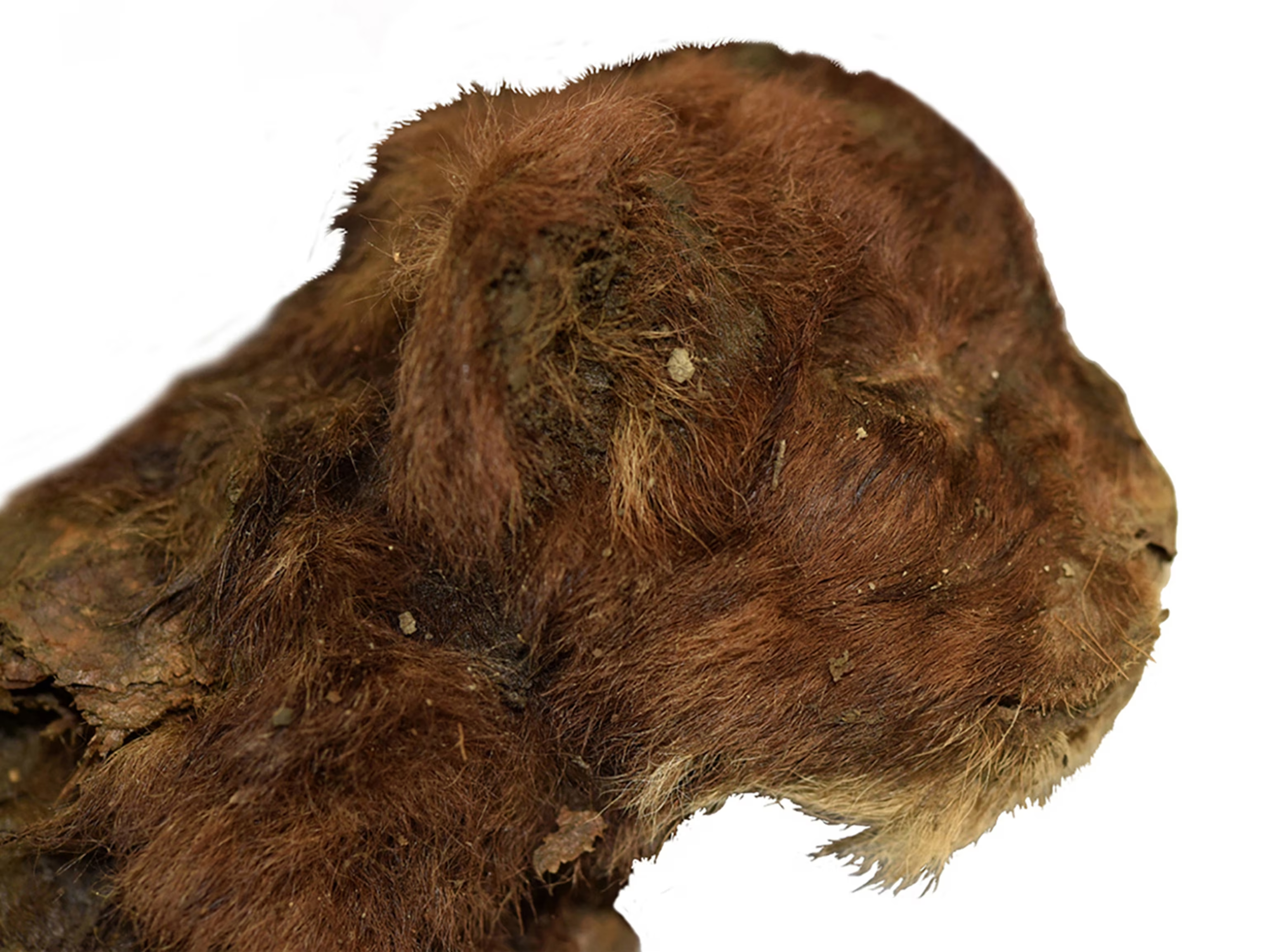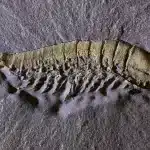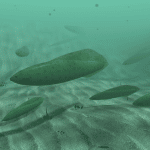Did you know researchers recently discovered a 35,000-year-old mummy of a saber-toothed cat in Russia?
The remains of a baby saber-toothed cat were found in the Sakha Republic, also known as Yakuti. It’s one of the coldest places on the planet.
According to the researchers, the cub was only about three weeks old when it died. However, the reason for its death is still unknown.
Their research was published in the journal Scientific Reports, revealing that the mummy was well-preserved. It’s the first known mummy of a saber-toothed cat.
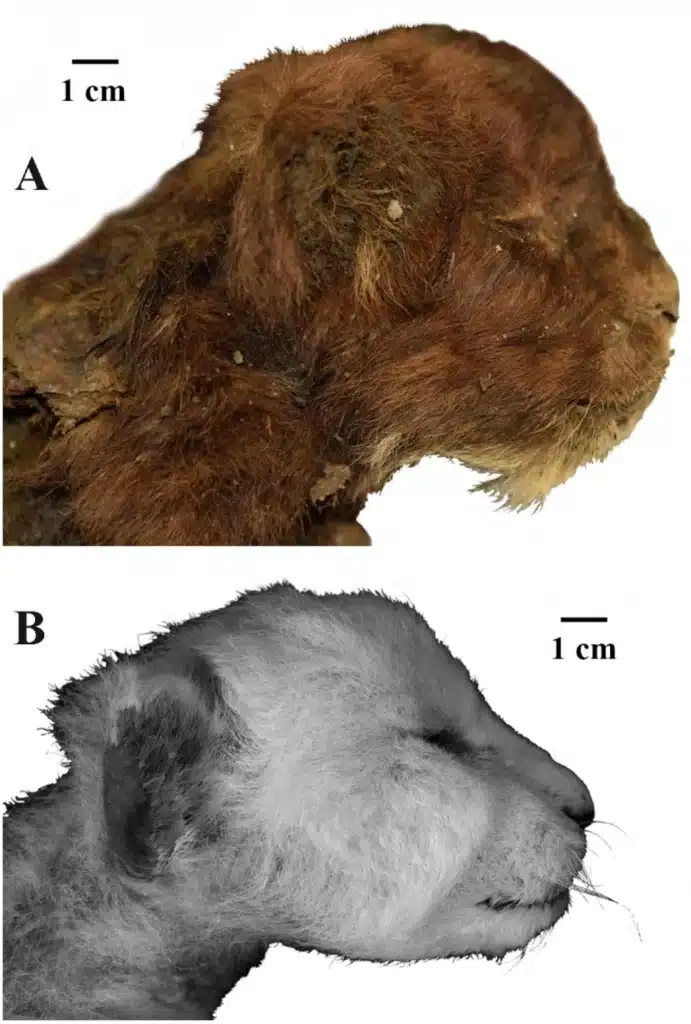
The researchers used radiocarbon dating to know the cub’s age. Radiocarbon dating is a scientific method for determining the age of organic materials up to 60,000 years old. It works by measuring the amount of carbon-14 in a sample and comparing it to what we see today. It is known as Radio carbon dating. Carbon-14 is a special type of carbon which is in all living things, however, it is not stable and becomes regular carbon over time. By looking at the amount of carbon-14 still remaining in a sample, we can estimate its age.
Radiocarbon dating showed that the cub was at least 35,000 years old and lived during the end of the Pleistocene epoch, which lasted from about 2.6 million to 11,700 years ago.
Now, you might wonder, “How was the baby saber-toothed cat preserved?
Well, it was because of the permafrost. It was preserved near the Badyarikha River in the northeast of Yakutia.
The freezing temperatures in Sakha created permafrost, which is ground that stays frozen all the time. This permafrost preserved the kitten for at least 35,000 years.
Pretty cool, huh?
The average temperature in January in Sakha is around −46 °F (−43.5 °C), while in July, it averages about 66 °F (19 °C).
More About the Mummy Saber-toothed Cat
The 35,000-year-old mummified saber-tooth kitten was a member of the Homotherium latidens, an extinct saber-toothed cat species from Asia. These cats are distant relatives of the cats we have today.
According to scientists, saber-toothed cats could grow to about 3 feet tall and 6.5 feet long. They can weigh nearly 450 pounds. They are also known for their long, blade-like canines, which could measure up to 8 inches (20 centimeters) long.
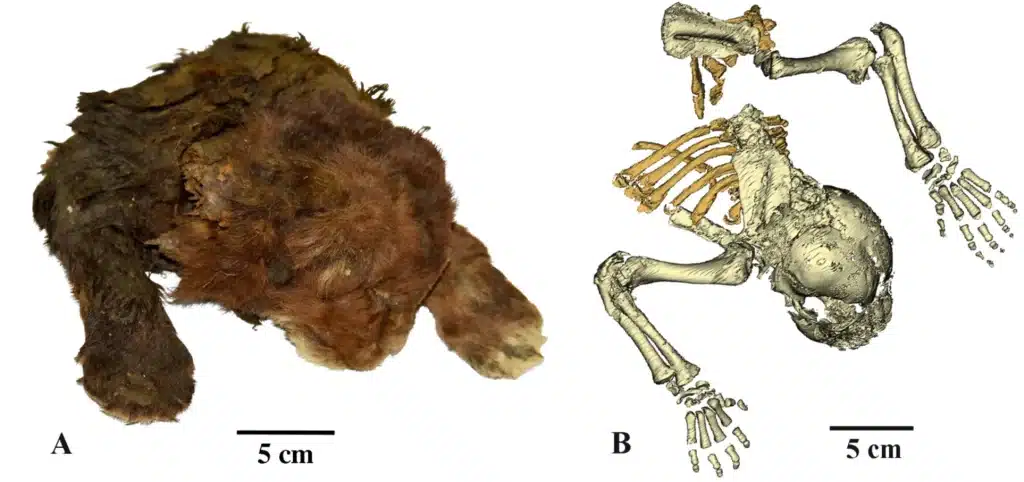
Sadly, they are believed to have disappeared around 12,000 years ago, during the last Ice Age.
However, this species has unique features that make it different from modern lions, such as wider paws without carpal pads, which likely helped them walk easily over snow. These extinct cats also had big canine teeth that stuck out of their mouths, which they used to catch and kill their prey.
When looking at the mummified kitten, scientists found that the discovered mummy showed other differences between saber-toothed cubs and modern lion cubs of the same age.
According to Alexey V. Lopatin, the lead study author, chief researcher, and director of the academy’s Borissiak Paleontological Institute, the saber-toothed cub had a darker coat and smaller ears than lion cubs.
The cub’s paw is also rounder than a lion cub’s; it looks more like a bear’s paw. It also had longer front legs, a bigger mouth, and a thicker neck.
When the mummified Homotherium cub was removed from the permafrost, it still had its head with whiskers and part of the chest encased.
Its body was also covered in short, thick, soft, dark brown fur that measured 20 to 30 millimeters long (about an inch). The fur was longer in certain areas of the cub, like its back, neck, and the corners of its mouth.
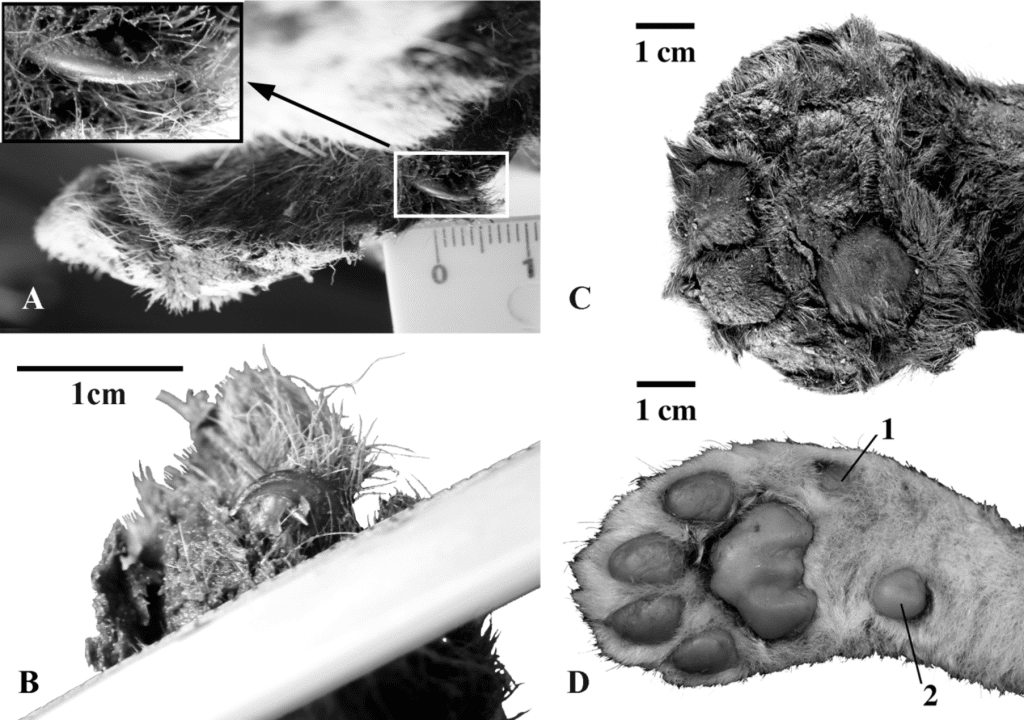
The front paws also have claws, and the oval, fleshy pads (what we call as beans today) were also found. Some connected bones from the cub’s pelvis and back legs were frozen in ice.
Scientists believe that these changes in features helped the saber-toothed cat move easily over deep snow.
Thanks to the amazing preservation of permafrost, scientists could study the appearance of an extinct mammal. They could also examine its fur, muscles, and face shape.
Aside from this, this mummy helped scientists learn how this species and others of its kind survived in a cold environment.
